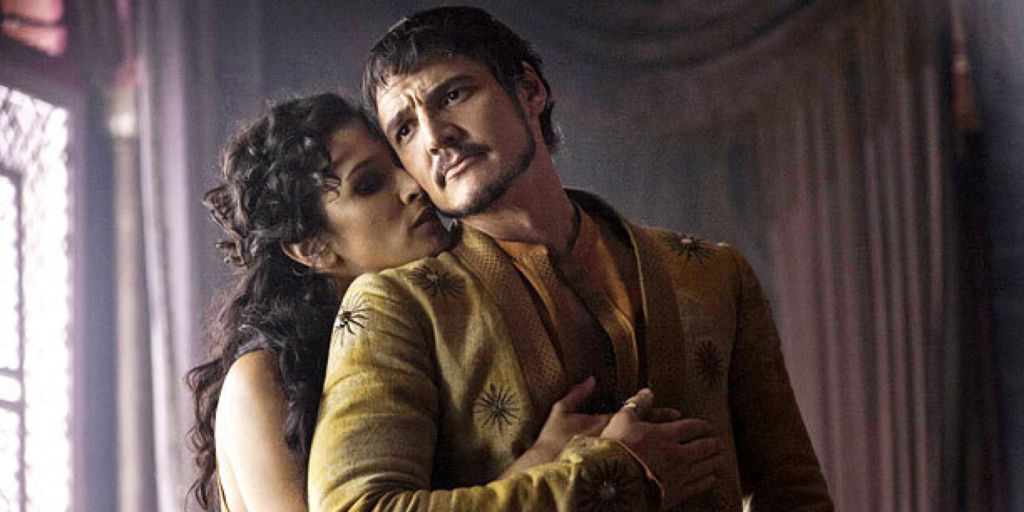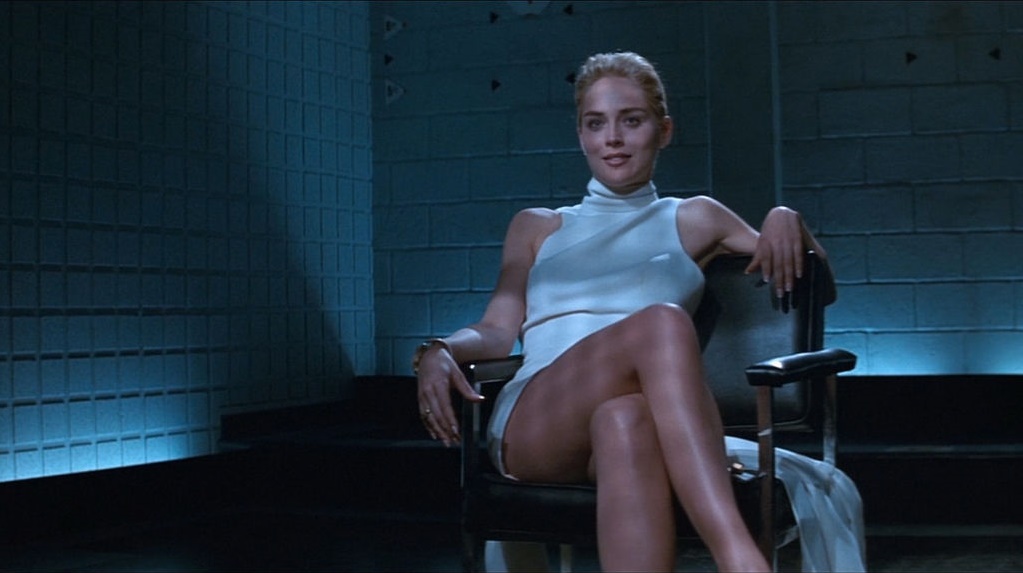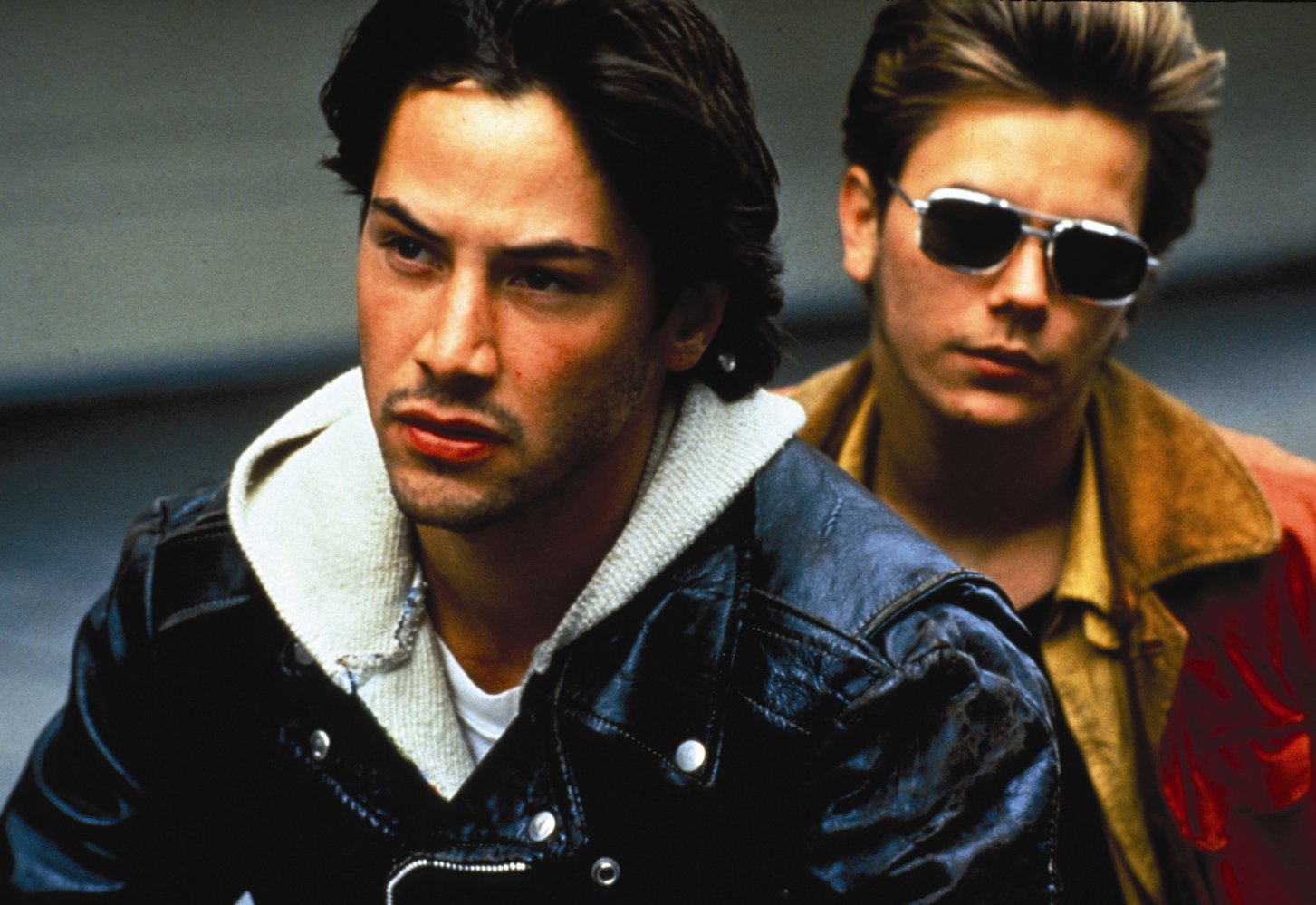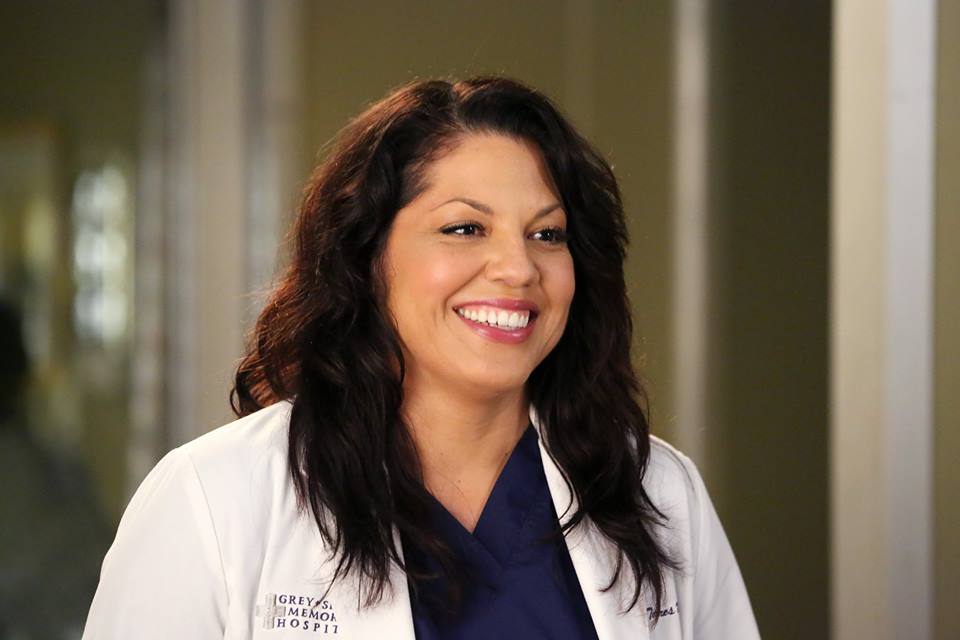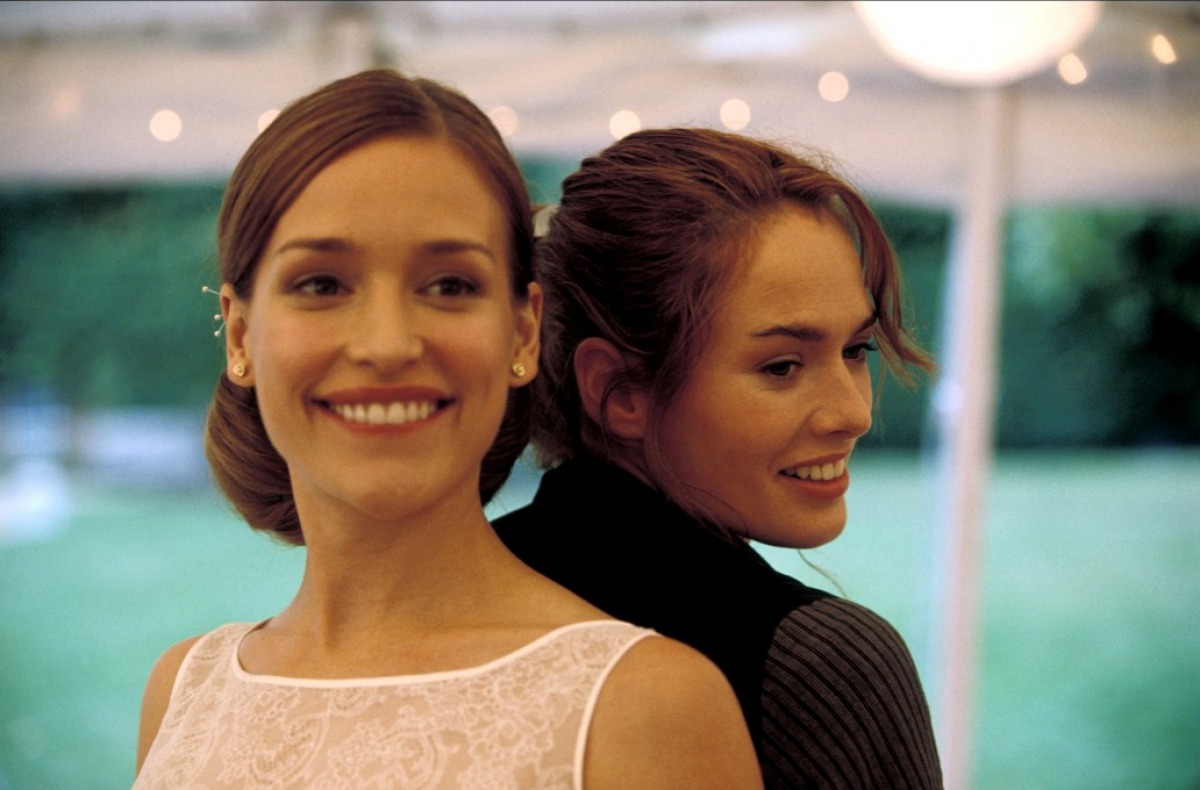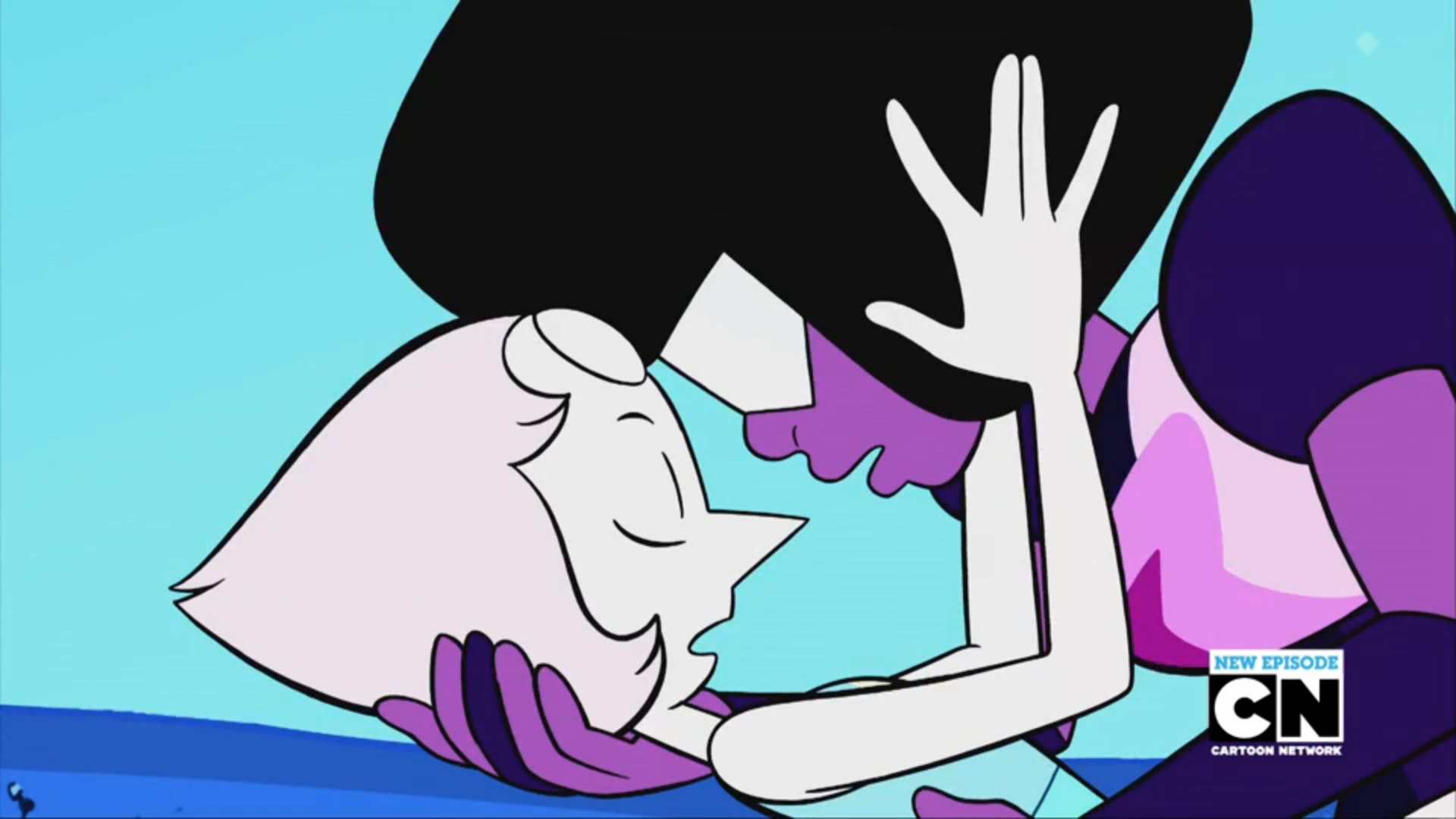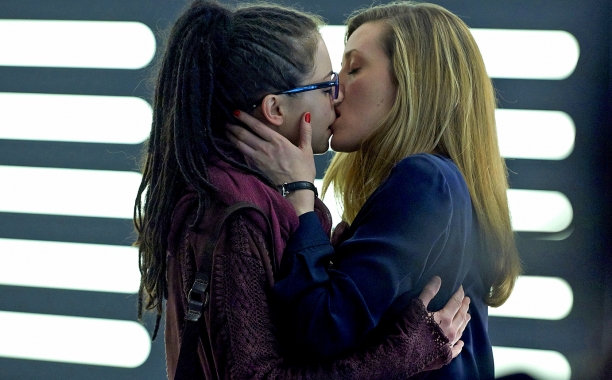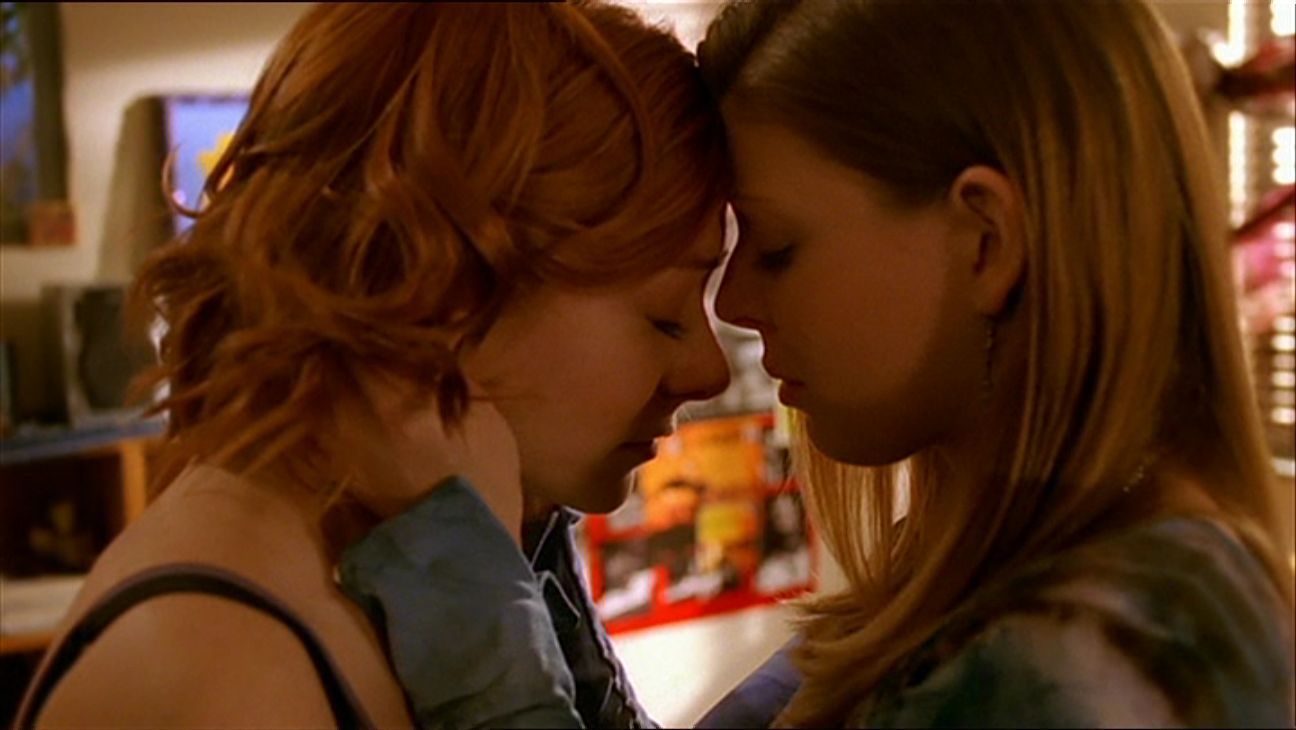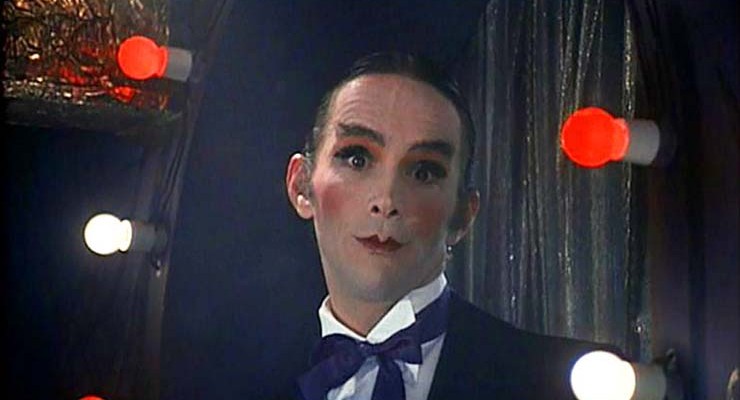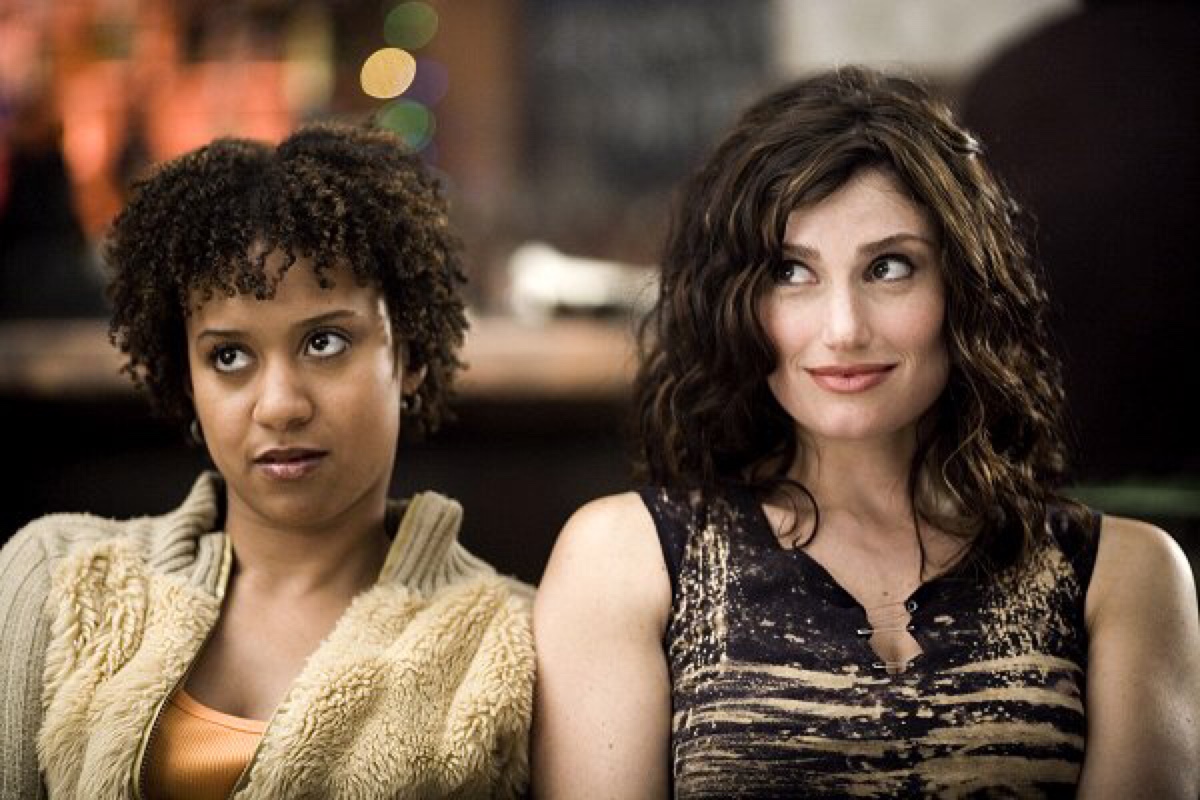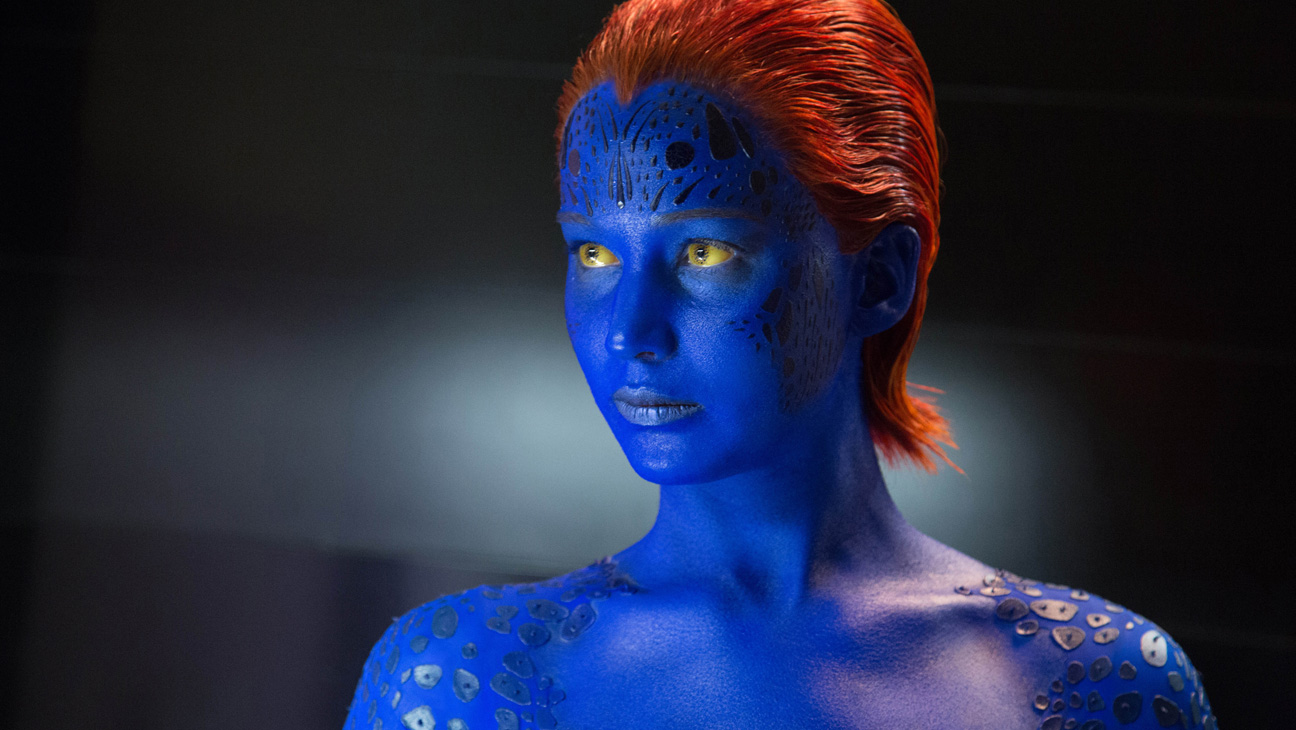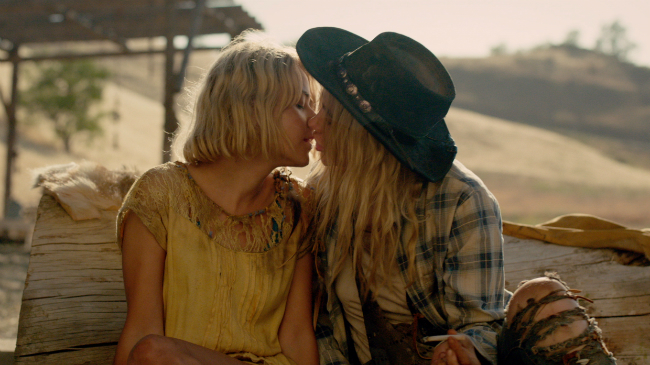This guest post written by Lochlan Sudarshan appears as part of our theme week on Bisexual Representation. | Spoilers ahead.
Everyone thinks their favorite character on Game of Thrones is the most underrated. As a result, I won’t try to convince you to shift your allegiance. If there’s one thing I’ve learned from the TV series, it’s that it seldom turns out well. But even if Oberyn Martell (Pedro Pascal) isn’t your favorite, he is decidedly unique in one regard: a positively portrayed bisexual man of color on television. As if this weren’t enough, his character arc doesn’t center around his race or his sexual orientation. Like any other character on the show, he has his own convoluted political revenge plot.
Part of what makes Game of Thrones notable, namely the character deaths and the copious sex scenes, are precisely what help Oberyn blend in. By this, I mean the narrative is surprisingly egalitarian with its treatment of him. Sure, he faces a lot of horrific situations, but he’s not singled out because of his sexual identity. In Westeros, no matter who you like screwing, the universe always likes screwing you.
When we are introduced to Oberyn in the television series, it’s in Littlefinger’s brothel. On any other show, I’d see this as a harbinger of more harmful stereotypes about bisexual men to come. The thing about first impressions is, you can only make them once. On Game of Thrones specifically, however, this scene isn’t coded the same way, because the straight and queer characters are also shown having a lot of sex. This means the scene lacks the baggage it would in a series where Oberyn was the only one shown having sex with men. If he were the only character shown to indulge in explicit casual sex and having sex with sex workers, it would be difficult to separate out from his characterization as a bisexual man of color. However, since Game of Thrones shows people of multiple sexual orientations engaging in sex with sex workers, it’s robbed of its connotation as perpetuating harmful stereotypes about bisexual men.
A fan favorite, Oberyn is confident, bold, passionate, and fearless. He’s a prince, a warrior (nicknamed “The Red Viper”), a poet, and a father who loves his daughters. And he is candid about his bisexuality:
“Then everyone is missing half the world’s pleasure. The gods made that… and it delights me. The gods made this… and it delights me. When it comes to war, I fight for Dorne. When it comes to love — I don’t choose sides.”
Another unique aspect of Oberyn’s portrayal on the television series is the open nature of his relationship with his paramour, Ellaria Sand (Indira Varma). Like Oberyn, Ellaria is also bisexual. While Game of Thrones is often problematic in its depiction of race, gender, and people of color, it is great to see not one but two bi characters of color.
Unlike the plotline of Loras (Finn Jones) and Renly (Gethin Anthony), who are both gay characters, no drama ensues from Oberyn being queer. While Margaery (Natalie Dormer) was supportive of her brother Renly and Loras’ relationship, she had a vested interest in keeping quiet about their relationship: her silence enabled her to be the queen. There isn’t any hint of Ellaria being in a similar position with Oberyn. In fact, she says that people of both genders will “line up” to have sex with him. As Oberyn says later, this is the way things are done in Dorne.
Oberyn is very close with his large family. Unlike other characters, his sexuality isn’t something that comes between him and his family, causing rifts due to their disapproval. More importantly, his bisexuality also isn’t treated as a vice where he’s prevented from spending time with his children because he’s too busy being promiscuous. While he has lots of sex with both men and women, he’s not vilified for it either in or out of universe.
Oberyn’s treatment isn’t restricted to metatextual concerns from the narrative, it’s also shown in the in-universe attitudes of the characters themselves. Again, in contrast to Loras and Renly, no one ever makes homophobic jokes about Oberyn having sex with men behind his back or to his face. Even when Oberyn himself comments on it at the small council meeting, saying the Unsullied were “very impressive on the battlefield. Less so in the bedroom,” this is left untouched by the other sitting members. People don’t treat him with extra respect because they need him as a political ally. Game of Thrones is all about letting personal slights overcome what you and your country need, and the small council is the staging ground for all manner of petty fights, but not this time.
In the episode “The Lion and the Rose,” King Joffrey commissions a minstrel show of the various warring kings depicting the events of the last few seasons; Renly and Loras make an appearance. Renly was (nominally) Joffrey’s uncle, and a sizable contingent of Westeros regarded him as the rightful king. Loras, in addition to still being alive, is one of the scions to the powerful House Tyrell. At this stage in the television series, a lot of time has been spent talking about how important it is for House Lannister to secure House Tyrell as political allies. In spite of both of these factors in play, the open secret of the relationship between Renly and Loras means this kind of mockery can go on without any immediate complaint. But no one makes any jokes about who Oberyn’s been sleeping with, or for how many years.
Ultimately, Oberyn’s arc itself shows his egalitarian treatment as a bisexual man on the show. He transcends many tropes. He wants to get his Inigo Montoya on and avenge the rape and murder of his sister and the murder of her children. While he is grotesquely unsuccessful, and his death is extremely brutal — even by Game of Thrones standards — we should reconsider the knee jerk reaction to dismiss all his favorable (and even friendly) treatment by the narrative up until now since he’s killed off — sadly, a common fate for far too many LGBTQ characters on television, both queer men and queer women (especially queer women).
While this ending for his character is unfortunate and would definitely come with some reservations in a different show — much like his introduction in a brothel — its context is different on Game of Thrones. Despite his brief time on the show, he’s a character with surprising depth. What happens to secondary characters here, whether they’re straight, gay, or bi? In the end, they die horribly.
Overall, Game of Thrones treats Oberyn with equality, nuance, and complexity. And that’s pretty great.
Lochlan Sudarshan is a writer, teacher, and tabletop roleplaying enthusiast who excels at knowing the name of that one actor and talks about books, movies, and TV on Twitter. You can follow him on Twitter @Lochlan_S and on his blog.
